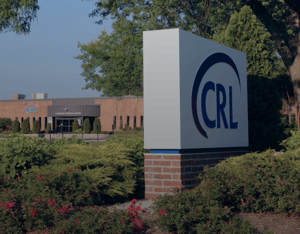Mortality has steadily improved in the U.S. until recently, when COVID-19 and fentanyl-related deaths increased. However, the disparity in mortality rates has steadily increased between states so that it is twice as high in some states. The highest risk states include West Virginia, Mississippi, and Kentucky, compared Connecticut, California, and Minnesota among the lowest risk states. In addition, some states such as California and Ohio – which had similar mid-pack mortality 30 years ago – have now moved in very opposite directions. This disparity is presented and analyzed in a recent article by five economists in the J. of Economic Perspectives. For healthcare professionals and actuaries, this economic perspective provides an increased understanding of what leads to higher or lower mortality is critical.
Two potential causes for these changes are increasing income and education disparity. Income by state had little impact on mortality in 1968, then a small impact in 1980 and a major impact by 2019. Education levels vary by state but when the authors split their analysis by college and non-college, they found the non-college mortality rate alone accounted for three-fourths of the increasing state mortality differences between 1968 and 2019. Mortality for the college educated showed much more limited variation by state and the disparity did not increase in more recent years.
We also know that suicide, alcohol, and drug deaths have increased more for economically challenged areas, but the rate of increase for these causes was similar to that for all mortality. Further, when these causes were excluded, the relative mortality by state was minorly affected. These causes are only a small part of the answer overall, though an important contributor for some states like Ohio where those mortality causes have nearly balanced other mortality improvements.
So, what else is happening to increase the mortality disparity between states? The authors point out that the current mortality rate is the result of past decades of health decisions at both a personal (e.g., not smoking) and state (e.g., availability of Medicaid services) level which build “health capital.” They postulate that the increasing divergence in mortality rates for ages 5-64 is a result of decades of divergence between states both in individual behaviors and state level support of prevention and health promotion behaviors such as not smoking. Such “health capital” takes years to build, so the current mortality disparity can be expected to continue and perhaps worsen given the different population and governmental mind-sets present in different states.
About the Author
Michael Fulks, MD, Consulting Medical Director, is board-certified in internal and insurance medicine. After leaving practice, he served as a medical director, creating or editing several underwriting manuals and preferred programs. More recently, Mike has consulted for CRL participating in its mortality research on laboratory test results, BP and build, and in the development of risk-scoring tools for laboratory and non-laboratory data.






